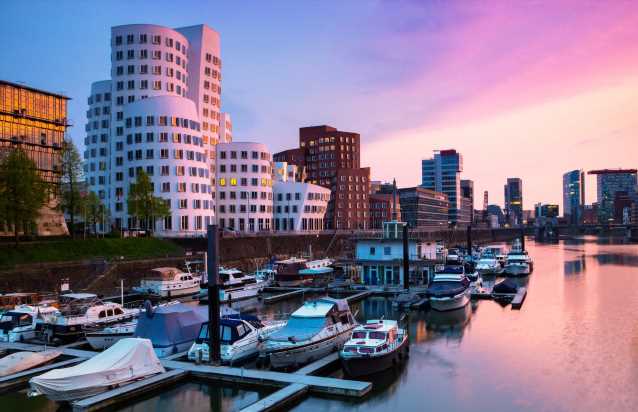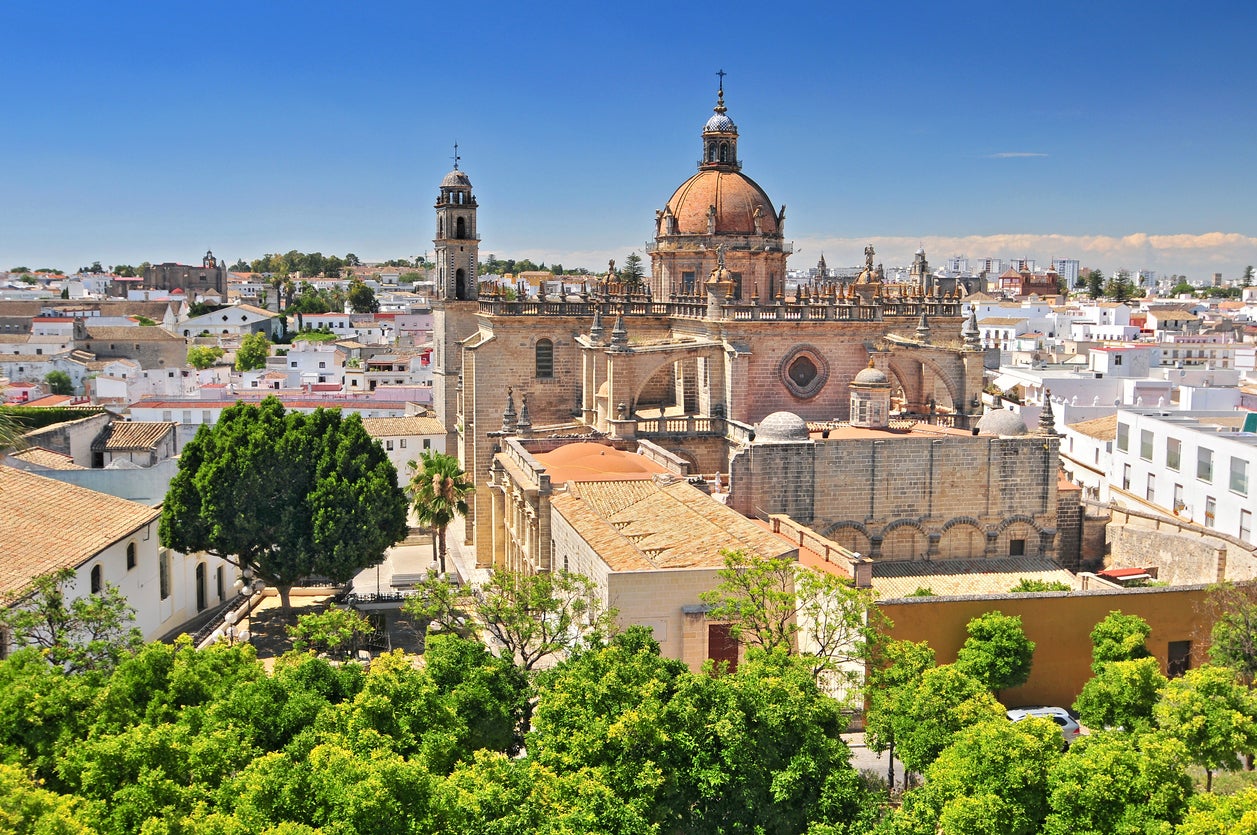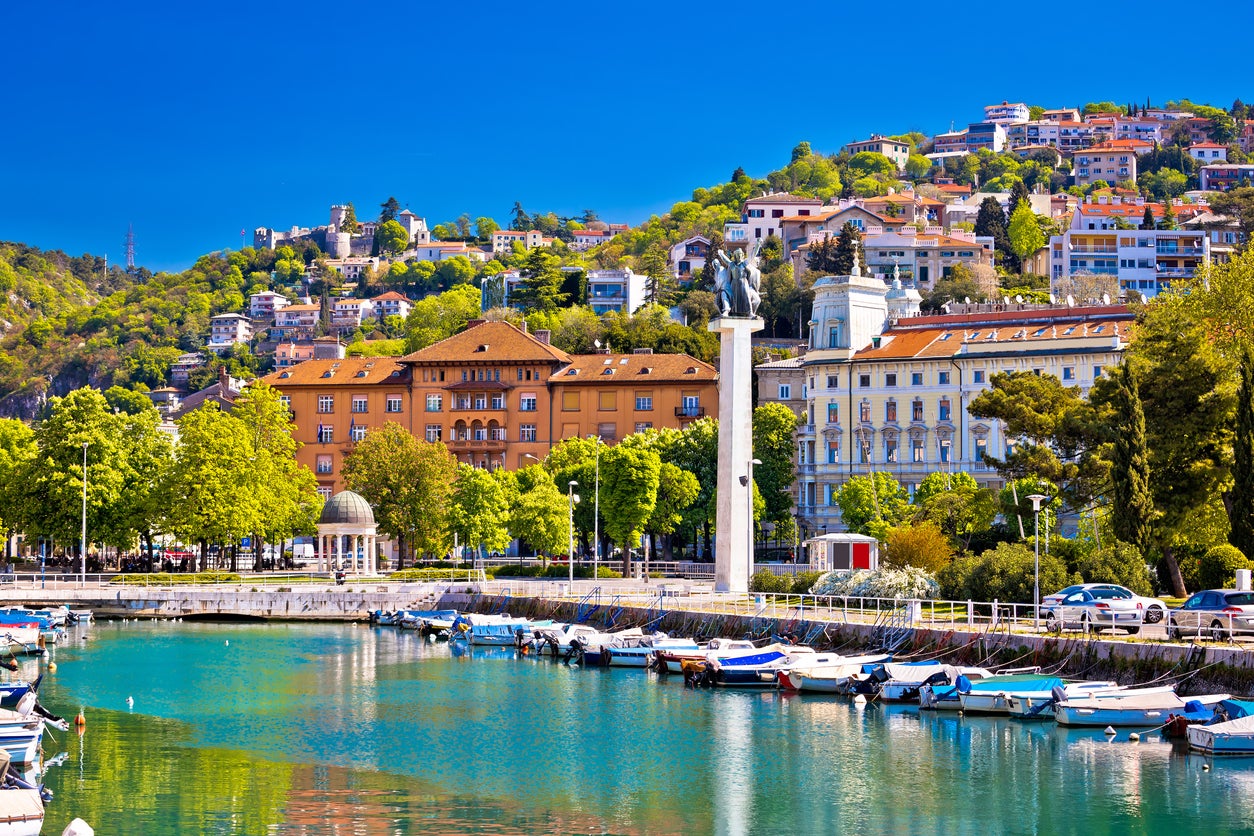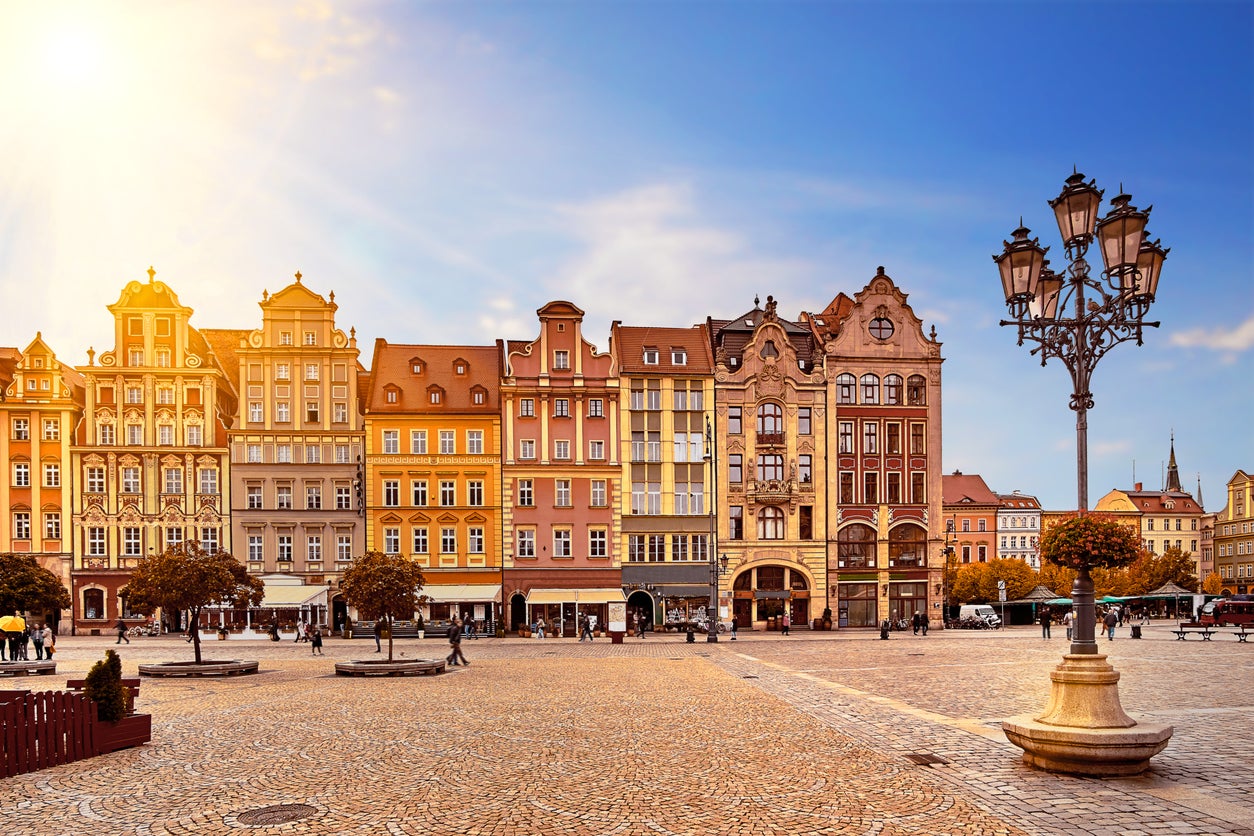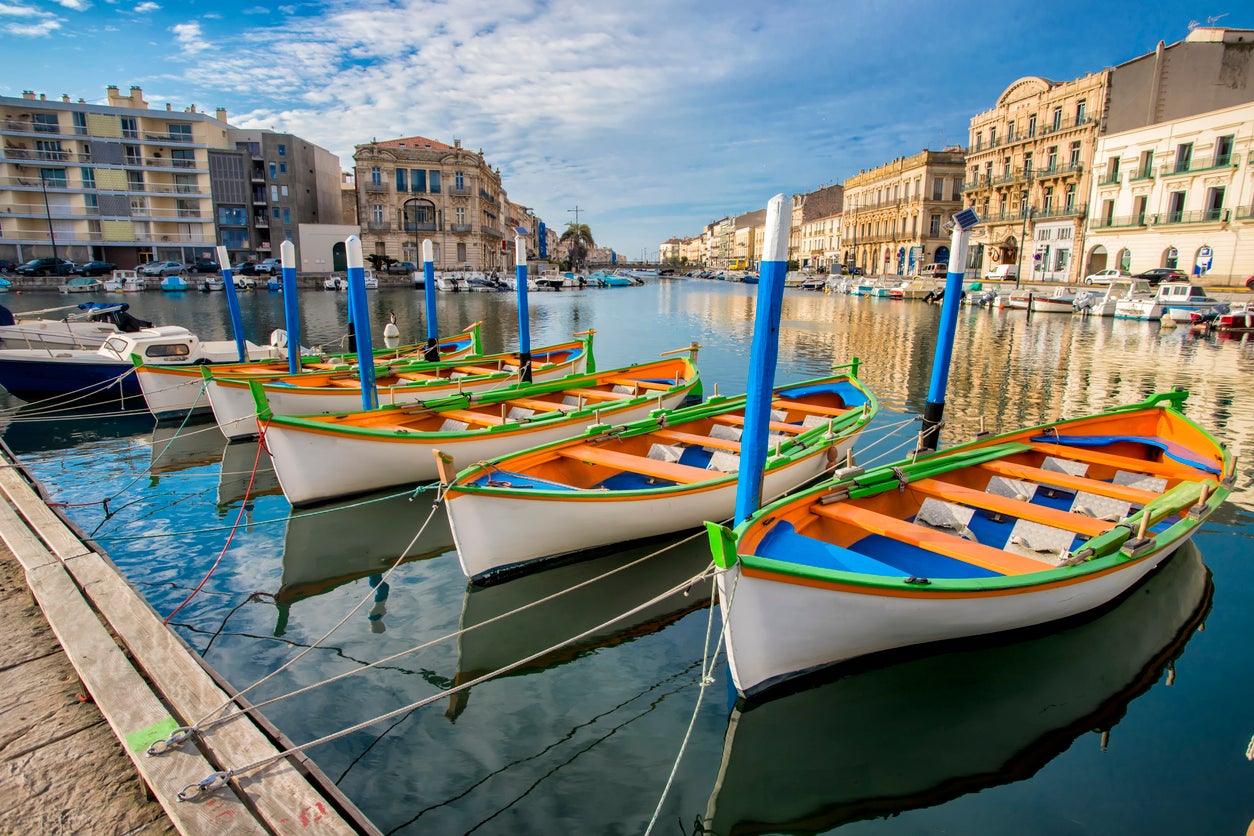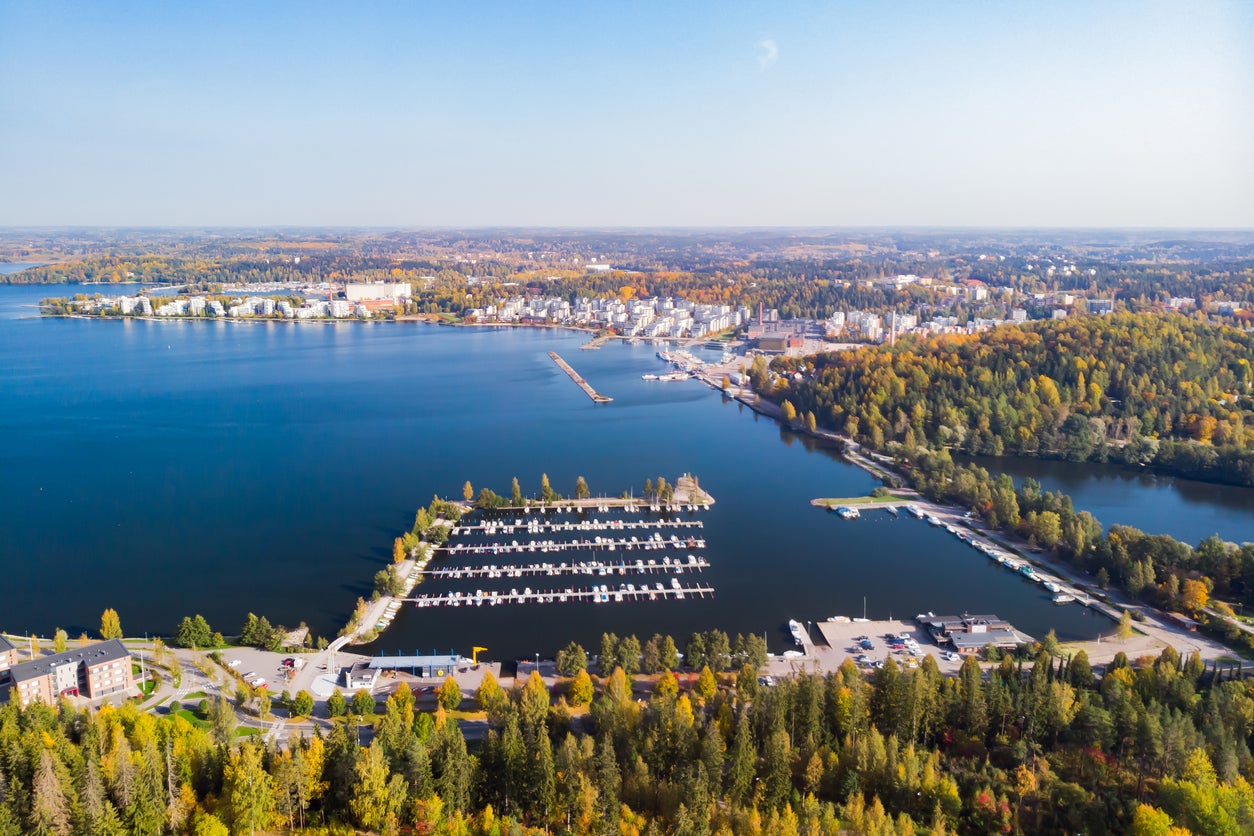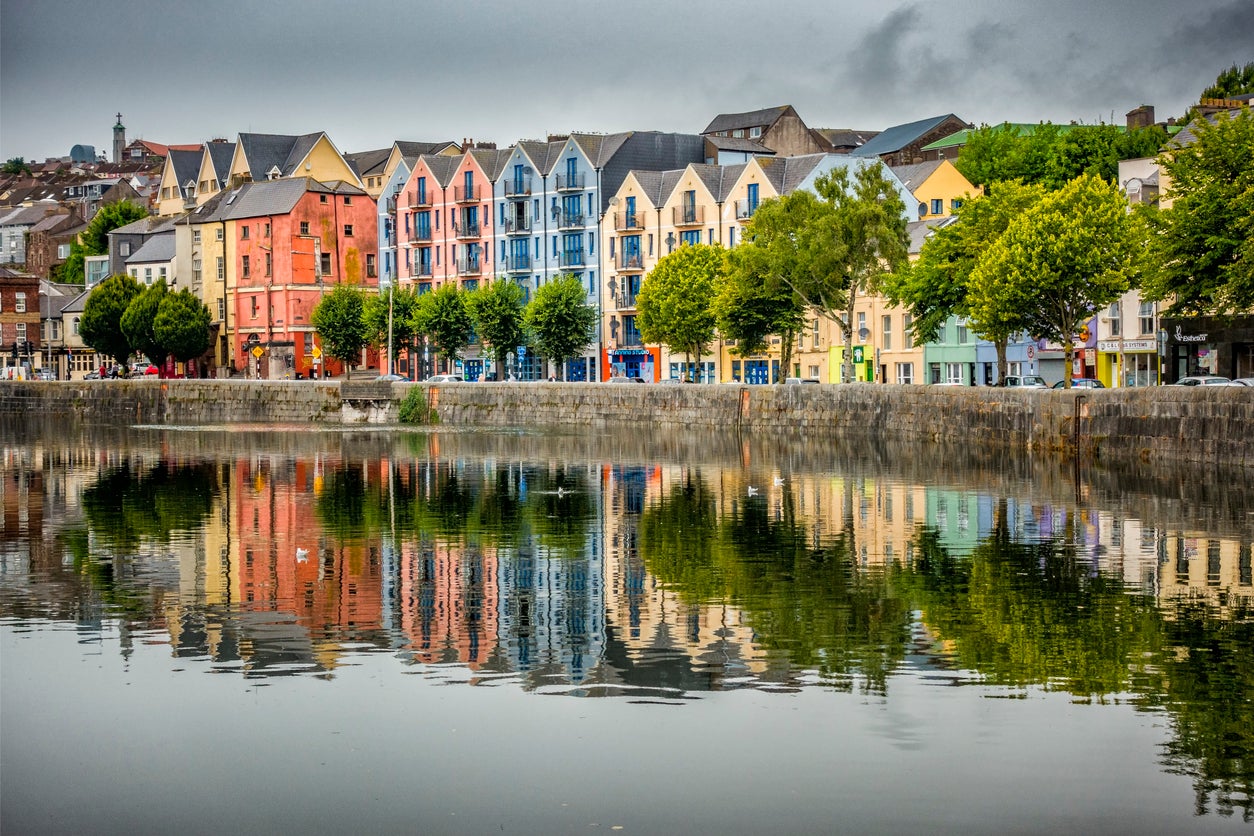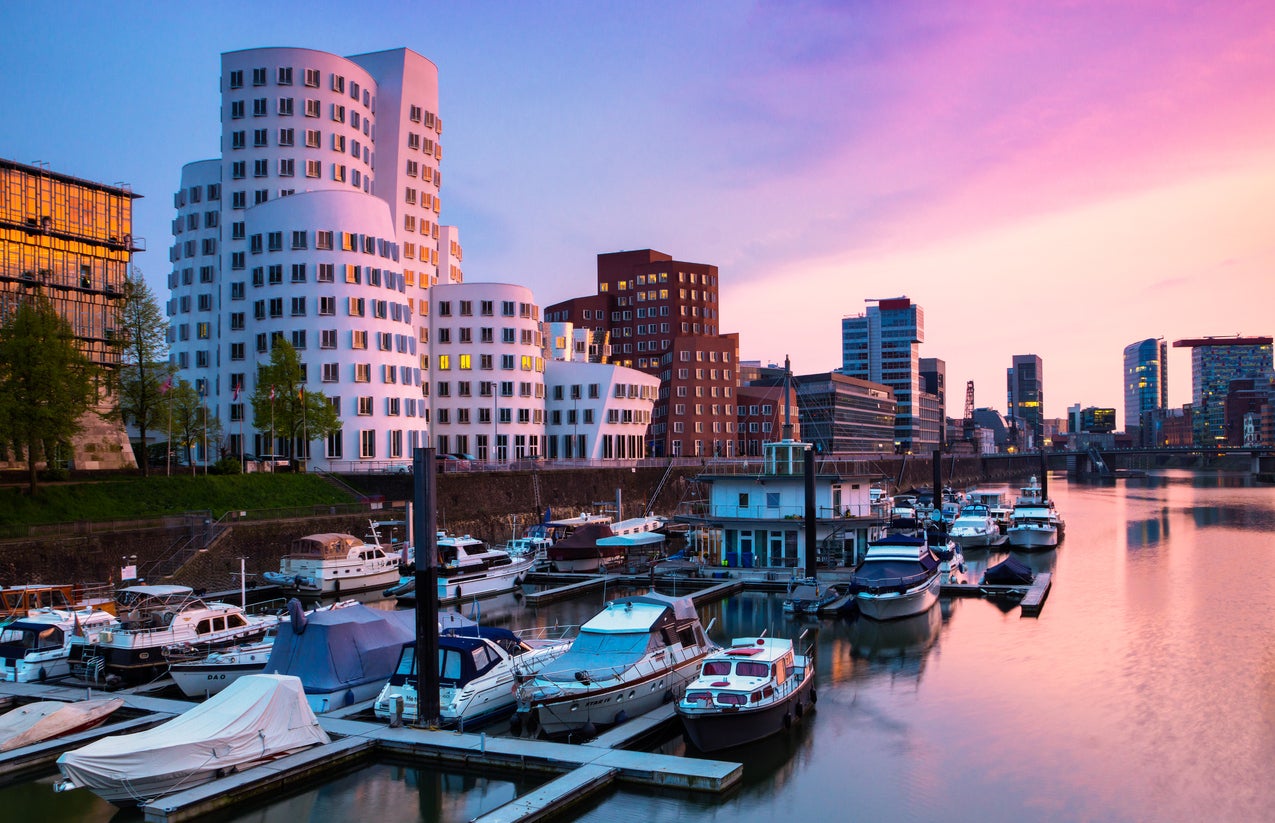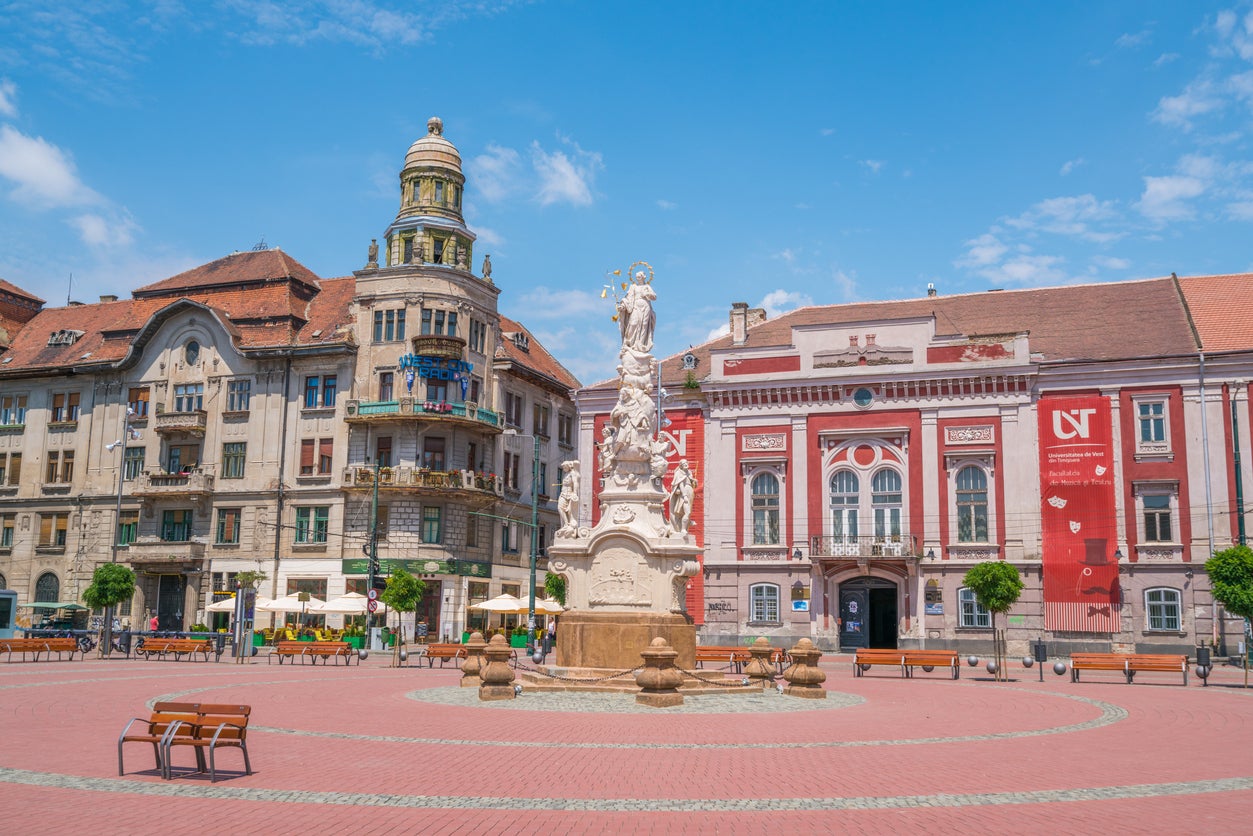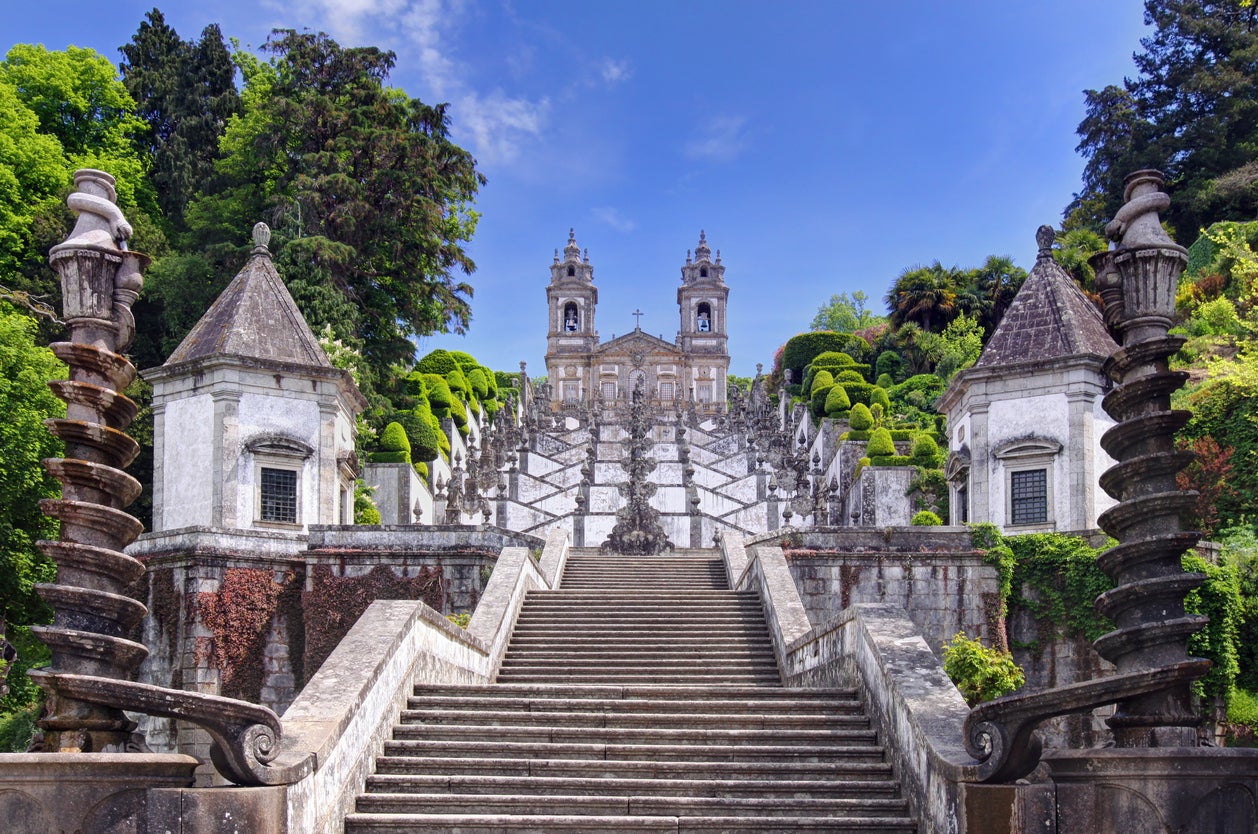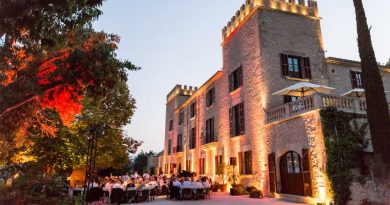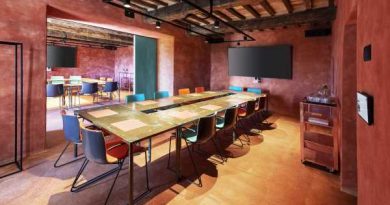Best second cities in Europe to visit in 2021
Last year all but killed the city break. With social distancing the buzzword, a city, with its crowded streets and dearth of green spaces, was the last place people thought of when they emerged from the cocoon of home.
And yet, with beaches, parks and even mountains now crowded with people looking for that sense of freedom, cities can be the perfect refuge.
To help you ditch those well-trodden paths, The Independent’s travel team has picked out nine alternative cities in Europe to set your sights on in 2021.
Jerez de la Frontera, Spain
Seville might be the shining star of Andalusia but Jerez de la Frontera is its diamond in the rough. Home to every sherry bodega you know about – and plenty you don’t – Jerez isn’t just a city you visit to eat, drink and be merry. Between the wine tastings, lose yourself on its cobbled streets and discover gothic and baroque churches and grand palaces. At night, seek out the spots where the flamenco still sounds – this is, after all, the city where it all began. QX
Rijeka, Croatia
So often overlooked in favour of its flashier Croatian siblings – Zagreb, Split, Dubrovnik – this coastal underdog to the north offers a sublime mix of architectural styles, a rich industrial heritage, great-value seafood and fiercely friendly, no-nonsense locals. It feels like a real city, rather than a playground for tourists, yet just 15 minutes’ walk from the town centre you’ll hit a pebble beach lapped by zinging turquoise waves. It was the European Capital of Culture in 2020 – a title it will now keep until April 2021 – resulting in a brand new museum charting Rijeka’s history housed in the fabulous Sugar Palace (a former sugar refinery). And, best of all, the city is easily accessed by train if you fancy staying grounded, thanks to a sleeper service from Munich. HC
Wroclaw, Poland
As German-held Breslau, this southwest Polish city suffered widespread destruction in the Second World War – and Steven Spielberg chose it as a stand-in for 1960s East Berlin in his Oscar-winning Cold War thriller, Bridge of Spies. Its year in the sun was 2016, when it was joint European Capital of Culture. The capital of Lower Silesia emerged energised from that brief cultural surge, with alluring cafes and restaurants to retreat to after you have explored its architectural repertoire – which fills a spectrum from Silicon Valley to Stalingrad. SC
Sète, France
Sète is that long, thin strip of a port city enclosing the Étang de Thau, an enormous saltwater lagoon on the Mediterranean. Those in the know come here for the Bouzigues oysters, an incredibly plump mollusc that makes a staggering companion to a bottle of chilled Picpoul de Pinet. Come here in July, when the sun reflecting off the canal water is so impossibly bright that it’s hard to see where you’re going, and you can also move to the music from Gilles Peterson’s Worldwide Festival. For the rest of the year, it’s easy to pretend you’re in Venice with more cafes but fewer tourists. QX
INDY/GO Weekly Newsletter
TIME TO TRAVEL!
Read our full mailing list consent terms here
INDY/GO Weekly Newsletter
TIME TO TRAVEL!
Read our full mailing list consent terms here
Lahti, Finland
With going green becoming increasingly important for travellers, smaller cities like Lahti are getting a chance to shine. Crowned the European Green Capital 2021, the Finnish city is the 12th destination to receive the title after being passed the baton by last year’s champion, Lisbon. Located to the south of the country, an hour from Helsinki, Lahti offers a more outdoorsy sort of city break: there’s the Salpausselkä Geopark, formed during the last Ice Age, with winding ridges and eskers, forest trails and pristine lakes; Lahti Sports Centre, which offers all kinds of winter sports; and the revamped Lahti harbour by Lake Vesijärvi, where café terraces, restaurants, independent shops and an impressive concert hall all vie for position. HC
Cork, Ireland
Ireland is one of many islands (including Cuba and Menorca) where the second city is actually more alluring than the capital. The heart of Cork occupies an elongated island, created where the river Lee divides into two channels, and is filled with monuments and museums – as well as the fascinating Huguenot quarter. And if you have any hours left before you fly home, the quintessential fishing port of Kinsale is just beyond Cork airport. SC
Düsseldorf, Germany
Düsseldorf is a checklist for city breaks. There’s the tree-lined shopping boulevard of Königsallee, which some say is the most elegant in Europe; the cobbled streets of the Altstadt, the old town, so well preserved you’ll feel like you’ve stepped back in time; and the Neue Zollhof, some of the finest examples of American architect Frank O. Gehry’s work. If you need some down time from all the sightseeing, the parks along the Rhine are always waiting. Oh, and the food – especially the pork knuckle – is excellent and the beer literally cheaper than water. QX
Timișoara, Romania
Another European Capital of Culture, this time for 2023 (it was supposed to hold the title next year but its tenure was postponed due to the pandemic). You may not have heard of the largest city in western Romania before – but that’s all part of the scheme’s charm. Set on the northern bank of the Bega River, Timișoara is sometimes called “Little Vienna” thanks to its Secessionist architecture and the rich history and mix of cultures that have left their mark. The Romans, Tatars, Turks, Austrians and Germans can all be seen in the city’s style. It’s already home to year-round musical and theatrical performances, but the cultural offering will undoubtedly ramp up in the next couple of years in preparation for its stint as Capital of Culture. HC
Braga, Portugal
Northern Portugal is now firmly on the tourist circuit thanks to the soaring popularity of Porto (which, incidentally, is in the Premier League for great beach cities). At the point where the railway inland crosses the “Portuguese Way” to Santiago de Compostela in Spain, you discover a compact, calm city where outdoor cafes fill every square and galleried townhouses crowd together on ancient streets. Add a sprinkling of Roman remains and medieval churches, and there is plenty to fill the time between implausibly delicious and inexpensive meals. SC
Source: Read Full Article
